The memory of Nepal’s devastating earthquakes, particularly the 1934 quake (1990 BS) and the 2015 Gorkha Earthquake, remains vivid in the national consciousness. While survivors of the 1934 disaster are now few, the 2015 quake is a stark reminder for the current generation of the catastrophic potential of seismic events.
This year’s Earthquake Safety Day, the 27th since its inception in 2055 BS, is being observed under the theme “With lessons, robust structures, and strong preparedness.” The day commemorates the 1934 earthquake, which struck at 2:24 pm on January 15, and serves as an annual reminder to evaluate earthquake safety measures and improve preparedness.
Machakaji Maharjan, Director General of the Department of Urban Development and Building Construction, emphasized the importance of building earthquake-resistant structures to reduce seismic risks. “The lesson learned from past earthquakes is to ensure robust preparations and construct earthquake-resistant buildings. Adhering to the government’s National Building Code is a key step,” he said.
He highlighted the need for rapid search and rescue operations and readiness for immediate relief assistance. Maharjan also called for greater public awareness and education on earthquake preparedness, noting the vital role of the media in spreading this message.
Efforts are ongoing in policy formulation, capacity building, technical research, monitoring, and coordination to ensure effective implementation of safety measures. Senior seismologist Dr. Lok Bijaya Adhikari stressed the necessity of early warning systems and preparedness strategies to minimize potential losses.
Dr. Dharma Raj Upreti, a disaster management expert, pointed out that a lack of preparedness disproportionately impacts the general public. “Many earthquake survivors are still living in temporary shelters due to delays in relief and rehabilitation efforts,” he said.
According to the National Disaster Risk Reduction and Management Authority (NDRRMA), 95,787 private houses in Jajarkot remain to be reconstructed following earthquake damage. The estimated cost of implementing the reconstruction and rehabilitation plan stands at Rs 101.12 billion.
Earthquake Safety Day serves as a rallying point for improving Nepal’s resilience to seismic disasters. It underscores the need for collective efforts in awareness, adherence to building codes, and robust disaster response mechanisms to safeguard lives and property.
As Nepal marks this day, it reflects on the lessons of the past and commits to building a safer and more resilient future.

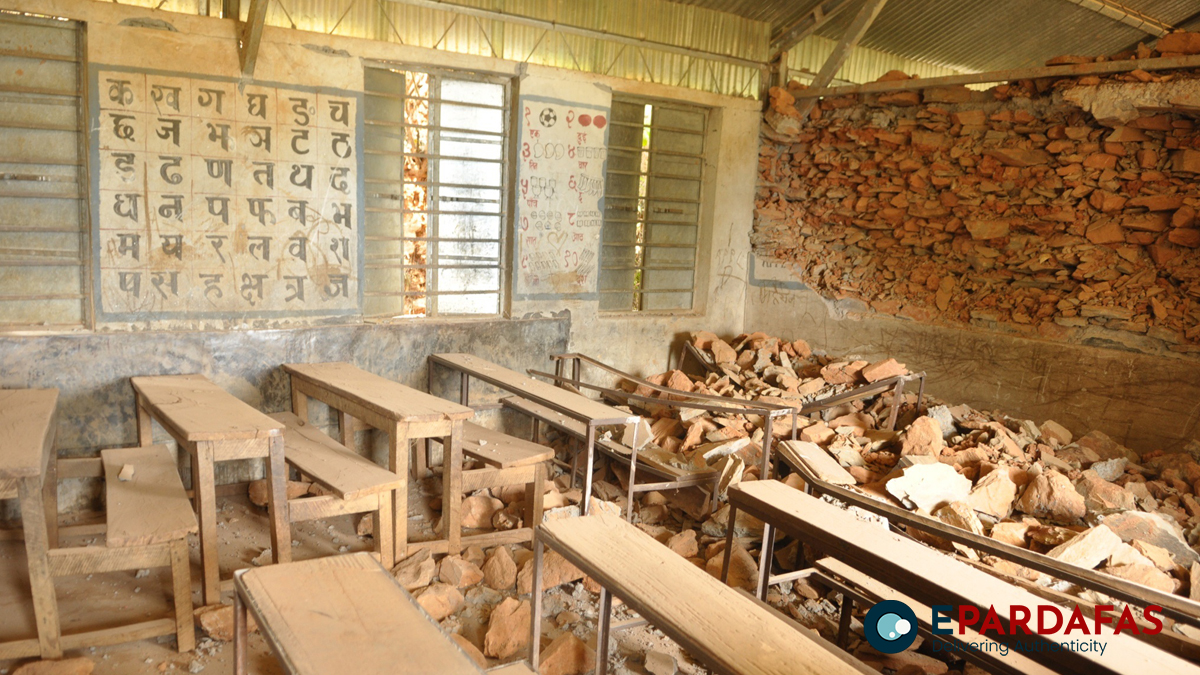
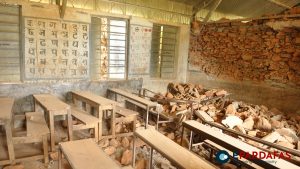

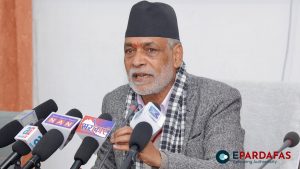
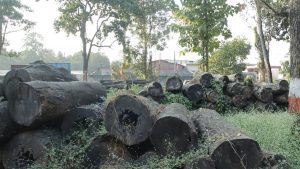
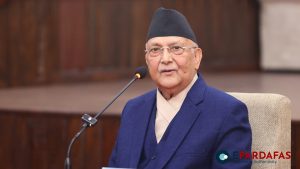
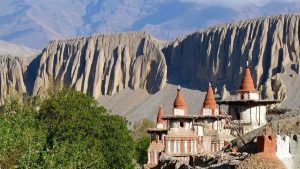

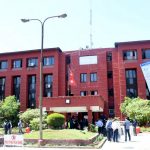




Comments